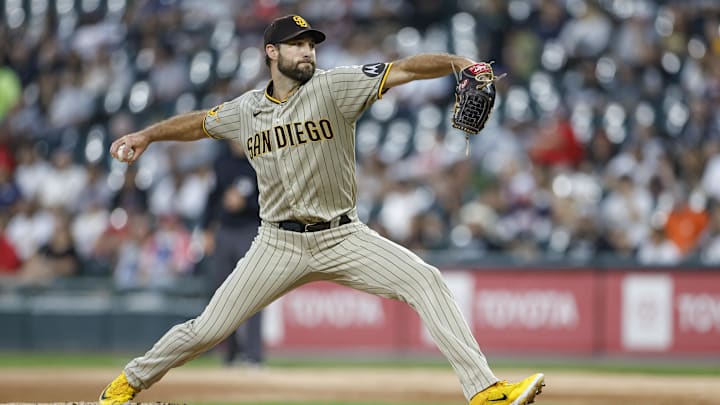Welcome back to the latest installment of Kings of Kauffman's "Buck the Trends," our continuing series honoring Kansas City legend Buck O'Neil. Today, we consider Batted Ball Profiles and how they can help inform KC Royals decision-making as the club strives to get better.
Sabermetrics theory is based on a pretty simple idea: wins are the result of effective run production and run prevention. The underlying logic is also simple — teams that produce more runs than they allow tend to win more games.
Statistics junkies use an actual mathematical equation to lend support to these notions. Taking the square of a team's run production (676 for the 2023 Royals) and dividing it by the square of runs scored plus runs allowed (676 + 859), results in a theoretical winning percentage. Based on this math, the Royals should have had a .383 winning percentage in 2023.
But Kansas City lost a franchise record-tying 106 games this year, which resulted in an actual winning percentage of only .346. Where did the math go wrong? What did it miss?
The Royals need to identify the "how" and not rely just on a formula
In the famous 2011 film Moneyball, Brad Pitt as Oakland general manager Billy Beane asks the Athletics' scouts if he cares how a player gets on base, to which he responds he doesn't. It's a key moment in the film, designed to emphasize the conflict between the old ways and the new.
Baseball isn't so simple. There's no magic stat. To be competitive requires deep analysis of modern data, ideas, observations, including the nature and dimensions of individual ballparks. But it also requires player identification and development, proper coaching, and a deep understanding of how you hit a ball, or pitch to induce contact.
